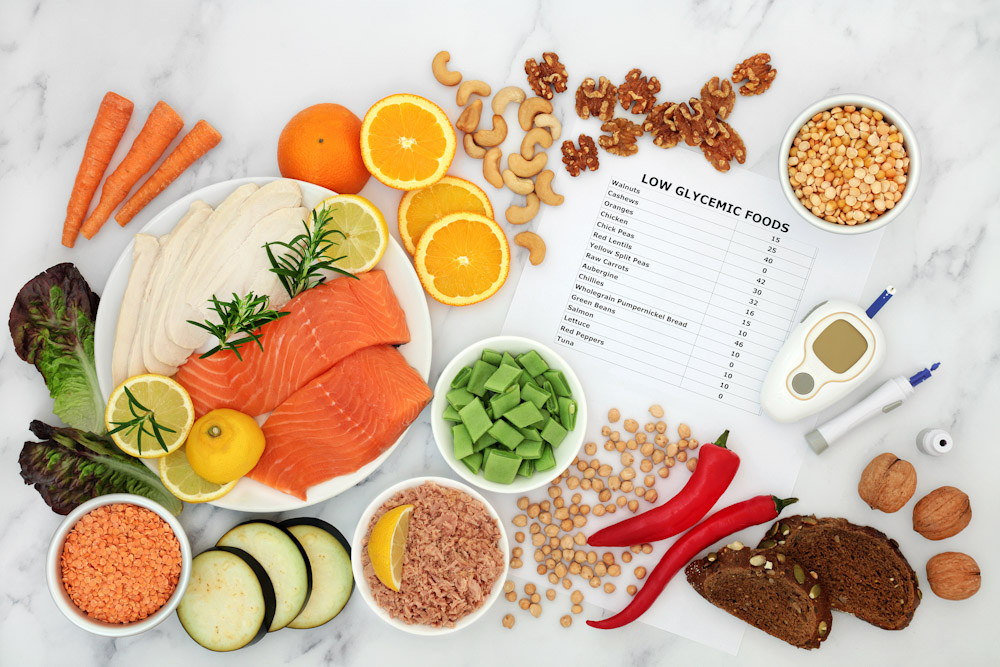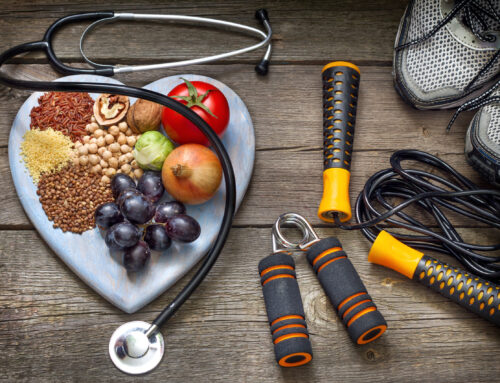Author: Camille Haycock (RD, CPT) – Centerville, Ut.
Did you know that more than 21 million U.S. adults have type-2 diabetes (or T2DM)? That’s almost 10% of America’s population! In addition, 27% of adults over age 65 have T2DM. It is becoming scarily common in today’s world.
With the rising prevalence of this disease, it’s crucial that you understand both means to prevent it and how to treat it if diagnosed. Total Health and Fitness encourages both prevention and treatment of T2DM by promoting healthy eating and regular exercise! This post will explain what type 2 diabetes is and easy, effective moves to prevent its onset!
First of all, what is it? T2DM is a complex condition revolving around insulin resistance. Think of insulin as a gatekeeper for your body’s cells (these include the cells of your muscles, organs, blood and brain). Insulin sits on the surface of the cell and allows glucose (sugar) to pass through the gate and enter the cell, where it can be converted into energy. If insulin isn’t there, however, the gate remains closed and glucose cannot come in. This is the case in type-1 diabetes. Glucose is forced to remain in the bloodstream, causing high blood sugar and subsequent symptoms such as fatigue, headaches, frequent urination, increased thirst, and blurred vision.
In the case of type-2 diabetes, there is plenty of insulin swimming around trying to fulfill its vital role of gatekeeping, but the cells no longer acknowledge it! They have fired insulin, if you will, from its important job. When they no longer recognize insulin as an important member of their team, the cells are termed “insulin resistant”.
This unfortunate event causes glucose to remain dangerously high in the blood, which leads to the difficult symptoms mentioned above, but also acts as a signal to the pancreas to create more insulin! The pancreas (the organ responsible for producing insulin) starts working overtime to compensate for the high blood sugar, but even an abundant amount of extra insulin will still have no effect on the cells. Eventually, the exhausted pancreas will begin to fail and reduce insulin output, all the while blood glucose is still spiraling (higher and higher) out of control! Then, when you’re at the doctor for a regular check-up, if your fasting blood glucose is higher than 126 mg/dl, your cells have progressed from being insulin resistant to diabetic.
If T2DM goes untreated, further complications will appear with time such as dental disease, problems in pregnancy, hypoglycemia (dangerously low blood sugar), kidney disease, blindness, heart disease, and nerve damage, possibly leading to amputation! Another complication that arises is diabetic ketoacidosis. This is when the cells are forced to produce excess acids called ketones as a fuel source since they cannot use glucose. Ketones build up to dangerous levels in the body causing thirst, frequent urination, nausea, abdominal pain, weakness, confusion and electrolyte imbalance.
Now that we understand what is happening in the body during T2DM, let’s back up a bit. You may be wondering, “What causes the cells to initially become resistant to insulin?” This is where it gets complicated. There is an intricate pattern of factors that all collide to make this happen. While scientists still haven’t declared a hard-and-fast cause for insulin resistance, some definite risk factors include being overweight, having elevated blood lipids, inflammation, high blood pressure, and/or sleeping issues, living a sedentary lifestyle, smoking and genetic predisposition.
If you noticed, most of these factors are 100% controllable! This means that we can likely nip T2DM in the bud by not letting our cells become insulin resistant in the first place. Obviously, you cannot change your genetics; but you can take control of your health and thereby significantly decrease your risk for developing this disease! Let’s talk about some of these preventative measures.
First, movement. Remember, a big risk factor for insulin resistance is living a sedentary lifestyle. A simple solution to this is exercise! People have vastly different feelings about this topic. We all have our friends who are probably a little too extreme about it. You know the type—they’re either running a marathon or competing in the next Ragnar race every other weekend! On the other hand, a lot of people absolutely despise exercising because of negative past experiences. Don’t worry. You don’t have to become an extreme athlete to help your cells stay insulin-sensitive and you also don’t have to hate working out!
Exercise can have many faces. It can be as simple as walking or riding your bike for 30 minutes every day. It can mean doing an at-home workout with bodyweight, dumbbells, exercise bands or a ball. Exercise can even be fun! Incorporate sports like soccer, football, frisbee, volleyball, basketball or whatever you’re comfortable with! Just choose one you will enjoy and make sure you are consistent. Try to exercise for at least 30 minutes most days of the week. Your cells will thank you by allowing insulin to keep doing its job!
Another critical step in T2DM prevention is healthy eating. This can positively affect blood lipid levels, inflammation, and blood pressure—all of which are risk factors for insulin resistance! Balance your meals with lean proteins, smart carbohydrates, and healthy fats. Let’s examine each of these.
Protein
Try making more of your protein come from nuts, seeds, beans, legumes, lean meats and low-fat dairy. Limit high-fat red meats to once or twice a week.
Carbs
Carbohydrates can be a confusing subject. You don’t need to cut carbs completely to prevent insulin resistance. Rather, choose more whole grains (whole wheat bread, brown rice, barley, quinoa, buckwheat, oats, etc.) and fewer processed grains (white bread, white rice, etc.). You will also want to limit added sugar (desserts, soda, sweetened yogurt, etc.). Try cutting desserts down to once or twice per week. If that’s not realistic for you, start with something more doable and work up to this goal!
You can also use starchy vegetables as your carb source! These include potatoes, sweet potatoes, corn, and peas. And don’t forget about fruits and vegetables! They are a great healthy carb option because they pack plenty of fiber, which helps you stay full, and vitamins, which keep you healthy. Vegetables especially get an unnecessarily bad rap. Like exercise, you don’t have to hate eating vegetables; they can be absolutely delicious when prepared well!
Fats
Most American’s consume mainly saturated fat. These are foods such as ice cream, whole-fat dairy, cheese, butter, animal fat, and coconut oil. While there is room for these foods in your diet in moderation, try to make most of your dietary fat come from healthier sources such as oils (canola, olive, sesame, flaxseed, etc.), nuts, seeds, avocados, and fatty fish.
Total Health and Fitness is committed to helping you get and then stay healthy for as long as possible. That means preventing diseases such as T2DM. That’s why our consultants work with you individually to determine what kinds of exercise and healthy foods can fit into your life! We will not make you start an extreme workout regime if you don’t want to. We will not make you eat foods you do not enjoy. There is a way to live healthily without being miserable for everyone, including you!
If you have already been diagnosed with T2DM, the same guidelines of regular exercise and balanced eating apply for improving your condition. Total Health and Fitness will work with you one-on-one to determine your specific needs and then create a customized meal and exercise plan for you based on your unique circumstances.
Don’t hesitate to reach out by phone, email or in-person to set up a free introduction consultation!








